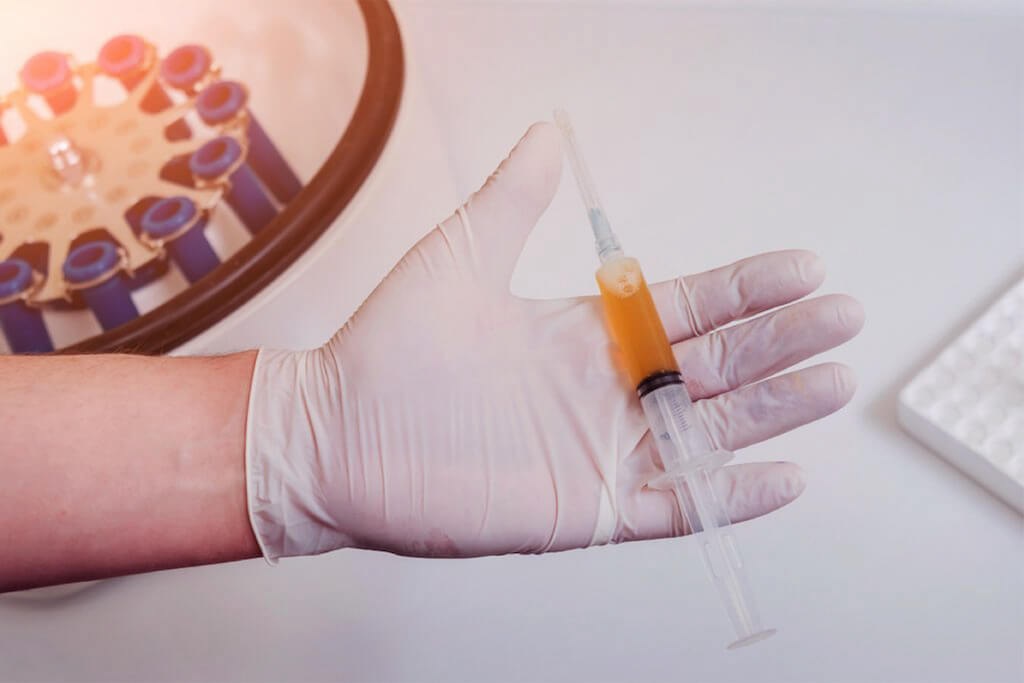Platelet-Rich Plasma (PRP) Revitalizing Healing In Orthopaedics and Traumatology

Platelet-rich plasma (PRP) therapy applied in orthopedics and traumatology has generated a remarkable shift in how to treat musculoskeletal injuries and orthopedic conditions. PRP is a biotechnological advancement, a derivative of the patient’s blood. It has revolutionized the management of various orthopedic and traumatic situations.
PRP Tubes for Enhanced Outcomes
Before delving into the applications of PRP in orthopedics and traumatology, it is crucial to underscore the importance of utilizing high-quality PRP tubes. The efficacy of PRP therapy hinges on the ability to concentrate platelets and their associated growth factors efficiently. Quality PRP tubes play a pivotal role in achieving these goals. It ensures patients receive the full benefits of this regenerative treatment.
Suppliers like Plasmolifting World, known for their commitment to quality, offer PRP tubes specifically designed for optimal platelet separation, enabling practitioners to deliver superior care. For detailed information, visit – https://plasmolifting.shop/en/14-plasmolifting-prp-tubes
Application of PRP therapy in Orthopedics and Traumatology
Tendon Injuries
PRP has gained recognition as a regenerative solution for tendon injuries like –
- Achilles tendonitis
- Tennis elbow
- Rotator cuff tears
PRP injections can stimulate healing by delivering a concentrated dose of platelets directly to the injury site. It accelerates tissue repair and reduces inflammation, offering patients a non-surgical alternative with promising results.
Osteoarthritis
Osteoarthritis is a widespread orthopedic condition that can cause significant pain and disability. PRP has shown potential in relieving symptoms and slowing down the progression of osteoarthritis. When PRP is Injected into affected joints, it can –
- Promote cartilage regeneration and reduce inflammation
- Lead to improved mobility and reduced pain
Fracture Healing
In traumatology, PRP has been utilized to enhance fracture healing. PRP –
- Promotes bone formation
- Accelerates the healing process
- Reduces the recovery time
It is particularly beneficial in cases where fractures are slow to heal or non-union fractures.
Ligament Injuries
Ligament injuries involving the anterior cruciate ligament (ACL) or the medial collateral ligament (MCL) often need surgical intervention. However, PRP is being explored as an aide therapy to quicken post-surgical recovery and improve outcomes. The growth factors in PRP can aid in regenerating damaged ligaments and reduce recovery times.
Cartilage Repair
Articular cartilage injuries can be challenging to treat. PRP has been used to support repairing and regenerating damaged cartilage in traumatic injuries. This innovative approach may delay or even prevent the need for more invasive procedures like joint replacement.
Postoperative Recovery
In orthopedic surgeries, PRP can be applied to incision sites to facilitate wound healing, reduce scarring, and expedite recovery. The growth factors in PRP promote tissue regeneration and can aid rehabilitation.
Conclusion
Platelet-rich plasma (PRP) has emerged as a transformative therapy in orthopedics and traumatology. By hitching the regenerative power of a patient’s blood, PRP offers a promising minimally invasive approach to traditional treatments.
Orthopaedic and traumatology specialists can benefit from the flexibility of PRP in treating a wide range of musculoskeletal injuries and orthopedic conditions. As research continues to discover new applications and upgrade existing protocols, the role of PRP in encouraging healing and improving patient outcomes is set to expand. PRP is strengthening its place as a game-changing therapy in orthopedics and traumatology.
